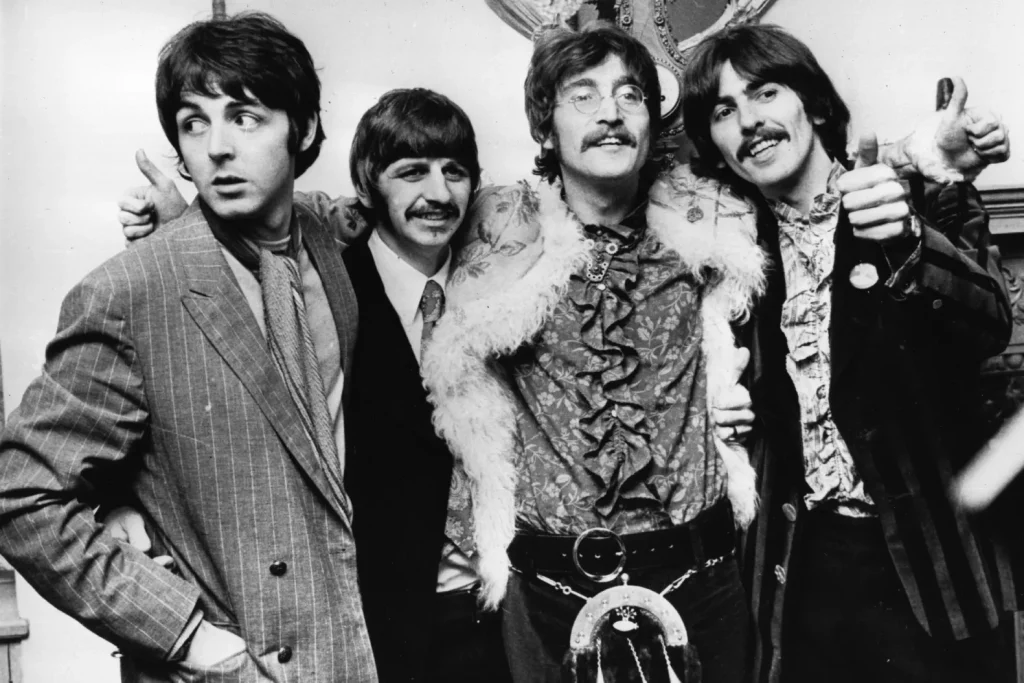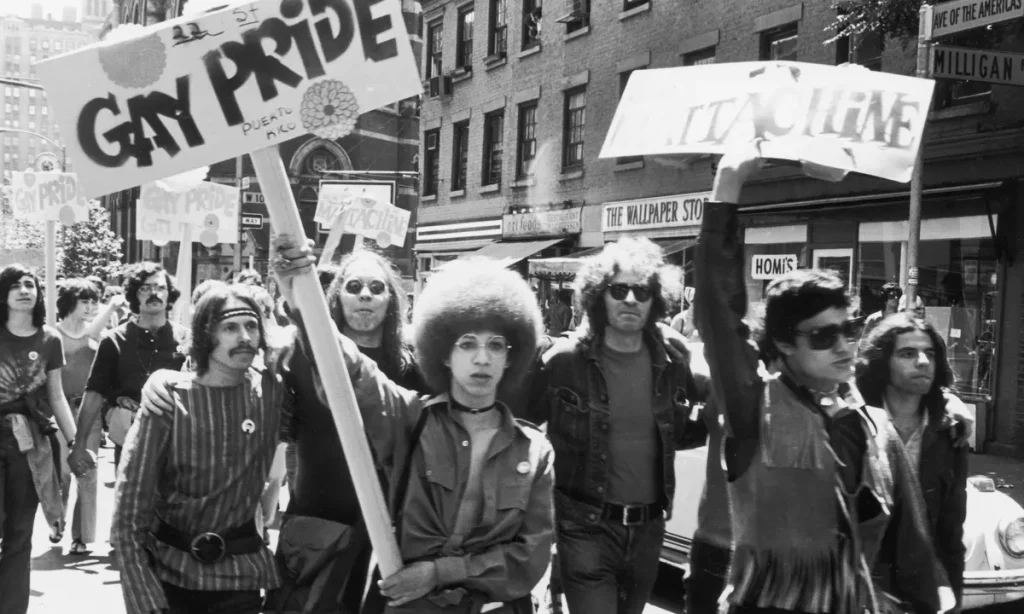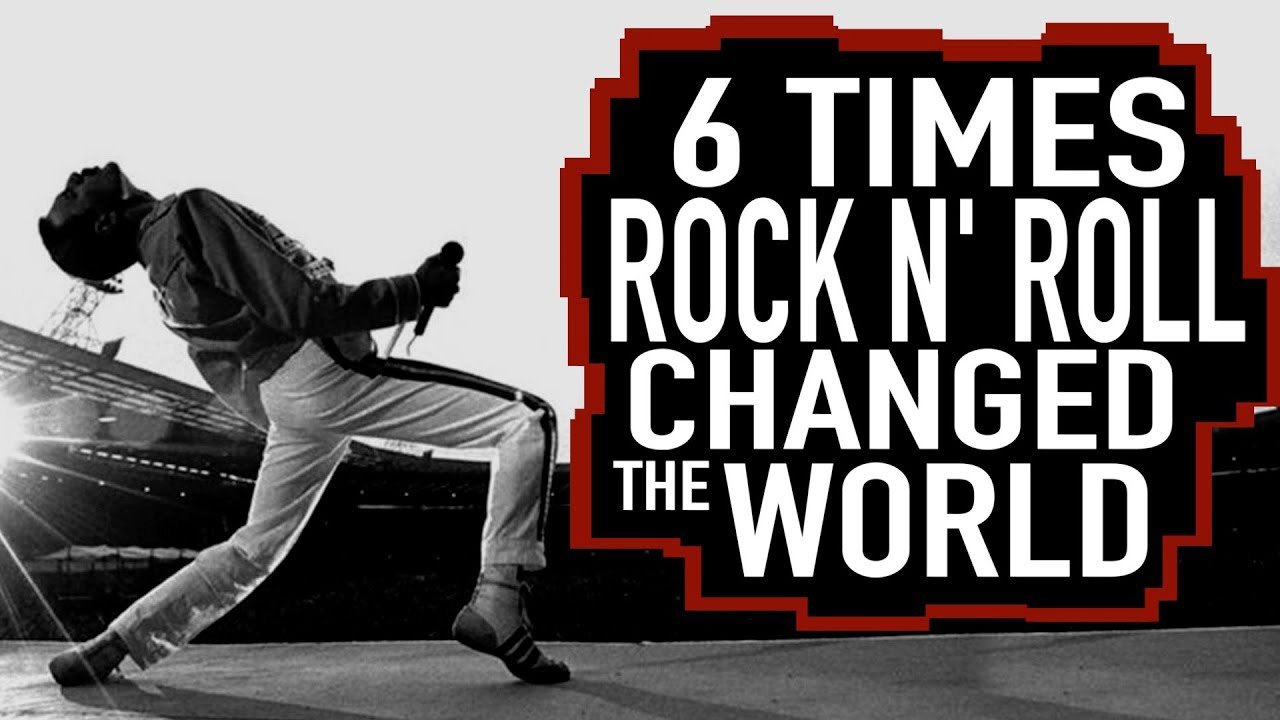Rock & roll music has long been acknowledged as a potent force for social and cultural transformation in addition to being a source of pleasure. Rock & roll has been a major force in influencing social movements and upending the status quo from its early days to the present. With an emphasis on the counterculture of the 1960s, anti-establishment beliefs, and protest music, this article examines the significant relationship between rock & roll and different social and cultural movements throughout history.
Music has a unique ability to transcend boundaries and capture the essence of a generation. Rock and roll, with its electrifying energy and rebellious spirit, has continually evolved to reflect the hopes, dreams, and frustrations of society. Over the years, it has become an essential voice for change, lending support to social and cultural movements seeking to challenge prevailing norms and demand a better future.
The Birth of Rock and Roll

Before we dive into how rock and roll music has been used for social change, we must first understand how it all started. In the 1950s, rock and roll music emerged as a new and exciting form of music. It was a combination of rhythm and blues, country, and gospel music that was played by young, rebellious musicians who wanted to create something new and different. This new genre of music quickly became popular among young people who were tired of the mainstream music that was being played on the radio.
Origins and Influences
Rock & roll, which has its roots in African American musical genres including the blues, gospel, and rhythm and blues, first appeared as a fusion of styles in the early 1950s. This new musical style was developed by influential musicians like Chuck Berry, Little Richard, and Elvis Presley by fusing rhythm and blues, country, and western music. Young audiences were drawn to the distinctive sound of rock and roll because it provided a rebellious alternative to the mainstream.
Cultural Impact
The rise of rock and roll was accompanied by a wave of social change. The music’s energetic rhythm and lyrics resonated with a generation eager to break free from social constraints. It became a symbol of youthful rebellion and a catalyst for cultural shifts, challenging prevailing norms and paving the way for more significant transformations to come.
Rock and Roll and the Counterculture of the 1960s

The counterculture of the 1960s was a social and cultural movement that challenged the norms and values of mainstream society. It was a time of rebellion and experimentation, and rock and roll music played a significant role in this movement. Musicians like Bob Dylan, The Beatles, and Jimi Hendrix became the voice of a generation that was disillusioned with the Vietnam War, racism, and the traditional values of the older generation.
The Youth Movement
A powerful counterculture movement that opposed conventional norms and aimed to build a society that was more inclusive and equal emerged in the 1960s. Rock & roll served as the social revolution’s soundtrack by evoking young liberation and camaraderie. Artists like Bob Dylan, The Beatles, and Jimi Hendrix rose to prominence as counterculture heroes, encouraging countless people to reject conventional wisdom and adopt unconventional lives.
Political Activism
As the counterculture gained momentum, rock, and roll became a platform for political activism. Musicians used their fame and influence to raise awareness about important social issues, such as civil rights, gender equality, and the anti-war movement. Bob Dylan’s “Blowin’ in the Wind” and John Lennon’s “Imagine” are two examples of songs that became anthems of optimism and peace and resonated strongly with people who desired social justice and a conflict-free society.
Songs as Anthems
The counterculture’s anthems of the 1960s were rock and roll tunes, which functioned as a call to action for people seeking change. Whether it was The Rolling Stones’ “Street Fighting Man”‘s fierce defiance or Buffalo Springfield’s “For What It’s Worth,” these songs served as a unifying force and an inspiration for a generation that yearned to make a difference.
Anti-Establishment Sentiments in Rock and Roll
In the 1970s, a fresh wave of anti-establishment views appeared as the counterculture movement of the 1960s started to lose steam. During this period of social and political turmoil, rock and roll music remained a potent medium for expressing disapproval and defying authority. Punk rock was a brand-new genre of music that embraced independence and self-expression while rejecting the traditional music business.
Challenging Authority
Rock & roll has long posed a threat to organizations and authorities that support the status quo. A deep mistrust of individuals in positions of authority was conveyed by musicians like The Clash and Rage Against the Machine with their politically charged songs “Killing in the Name” and “London Calling,” respectively. Through their music, they cultivated a sense of empowerment and resistance in listeners by encouraging them to challenge and oppose unjust regimes.
Rebellion and Nonconformity
Rock & roll has always praised the rebellious and unconventional attitude. It has given people a voice who felt silenced or misunderstood by society a way to express themselves. Famous people who pushed boundaries with their gender-bending performances and unapologetic sincerity include David Bowie and Janis Joplin. Their impact went beyond music, encouraging countless others to embrace their individuality and question social norms.
Lyrics as Critique
Rock & roll’s capacity to communicate social critique through lyrics is one of its most potent features. Artists like Bob Marley, with his enduring hymn “Get Up, Stand Up,” and Green Day, with their scathing assessment of American culture in “American Idiot,” have utilized their platforms to bring awareness to injustice and motivate action. Audiences have responded strongly to the powerful lyrics and passionate performances of these songs, which have sparked a sense of urgency and a desire for change.
Protest Music: The Power of Rock and Roll

Since its inception, protest music has played a key role in the rock & roll genre. Musicians have spoken out against injustice and oppression and motivated people to take action by using their platforms. Public Enemy’s “Fight the Power” and Bob Dylan’s “Blowin’ in the Wind” are two examples of songs that became anthems for social justice movements all around the world.
Civil Rights Movement
During the civil rights movement of the 1960s, rock, and roll became a vital tool for amplifying the voices of marginalized communities. Artists like Nina Simone, with her soul-stirring rendition of “Strange Fruit,” and Sam Cooke, with his powerful anthem “A Change Is Gonna Come,” provided a soundtrack to the struggle for racial equality. These songs not only captured the pain and frustration of the oppressed but also instilled a sense of hope and determination for a brighter future.
Vietnam War Protests
The Vietnam War era saw a surge of anti-war sentiment, and rock and roll played a pivotal role in channeling that discontent. From Creedence Clearwater Revival’s haunting “Fortunate Son” to Edwin Starr’s impassioned protest in “War,” musicians used their art to voice opposition to the war and call for peace. These songs not only reflected the collective anger and disillusionment but also galvanized a movement that ultimately helped bring the conflict to an end.
Songs for Change
Numerous rock and roll songs throughout history have become anthems for social change. These songs have stood the test of time and continue to motivate younger generations to take action, from Bob Dylan’s timeless “Blowin’ in the Wind” to U2’s anthem “Pride (In the Name of Love). They act as potent reminders of the ability of music to move people, inspire communities, and bring about long-lasting change.
Rock and Roll’s Continued Influence

Long after its inception, rock & roll continues to have a significant influence on social and cultural movements. It has impacted later subgenres including punk rock, grunge, and hip-hop, each with a distinct message of disobedience, female emancipation, and social change. The legacy of rock & roll may be observed in the activism and music of musicians like Kurt Cobain, who used grunge music’s raw strength to express his inner conflicts and social despair.
Contemporary Social Movements
In contemporary society, rock and roll continues to serve as a driving force behind social movements. From the rise of feminism and LGBTQ+ rights to the fight against systemic racism, artists like Beyoncé, Kendrick Lamar, and Pearl Jam use their music to raise awareness, spark conversations, and inspire action. Rock and roll has become a unifying language, transcending boundaries and connecting people from all walks of life in their shared pursuit of justice and equality.
The Impact of Rock and Roll Music
The impact of rock and roll music on society cannot be overstated. It has been a powerful force for social and cultural change, inspiring generations of people to challenge the status quo and fight for what they believe in. From the counterculture of the 1960s to anti-establishment sentiments and protest music, rock and roll has been at the forefront of some of the most significant social movements in history.
The Impact of Rock and Roll Music
The impact of rock and roll music on society cannot be overstated. It has been a powerful force for social and cultural change, inspiring generations of people to challenge the status quo and fight for what they believe in. From the counterculture of the 1960s to anti-establishment sentiments and protest music, rock and roll has been at the forefront of some of the most significant social movements in history.
Rock and roll music has been more than just a genre of music; it has been a powerful tool for social and cultural movements throughout history. From the counterculture of the 1960s to anti-establishment sentiments and protest music, rock and roll have been intertwined with movements that have challenged the status quo and brought about social change. As we look to the future, we can be sure that rock and roll music will continue to be a powerful force for social and cultural change.
FAQs
1. Has rock and roll always been associated with social and cultural movements?
Rock and roll have a deep connection with social and cultural movements throughout its history. From its early roots in the 1950s to its influence on the counterculture of the 1960s and its continued impact on contemporary social issues, rock, and roll has consistently been intertwined with movements seeking social change.
2. Can you give examples of rock and roll songs that have had a significant impact on social movements?
Certainly! Some notable examples include Bob Dylan’s “Blowin’ in the Wind” during the civil rights movement, John Lennon’s “Imagine” as a call for peace, and Rage Against the Machine’s “Killing in the Name” as a critique of oppressive systems. These songs and many others have become anthems for social change.
3. How has rock and roll influenced other genres of music?
Rock and roll has had a profound influence on various genres, including punk rock, grunge, and hip-hop. These genres carry the rebellious spirit and social commentary of rock and roll, adapting it to their own unique styles and messages.
4. Is rock and roll still relevant in today’s society?
Absolutely. Rock and roll continues to evolve and adapt to the current social and cultural climate. Artists today use rock and roll as a means to address contemporary issues, such as gender equality, racial injustice, and political activism.
5. How does rock and roll inspire change on a personal level?
Rock and roll have the power to touch individuals on an emotional level, inspiring them to question the world around them and take action. It can ignite a sense of passion, rebellion, and empowerment, encouraging individuals to stand up for their beliefs and strive for a more just society.
